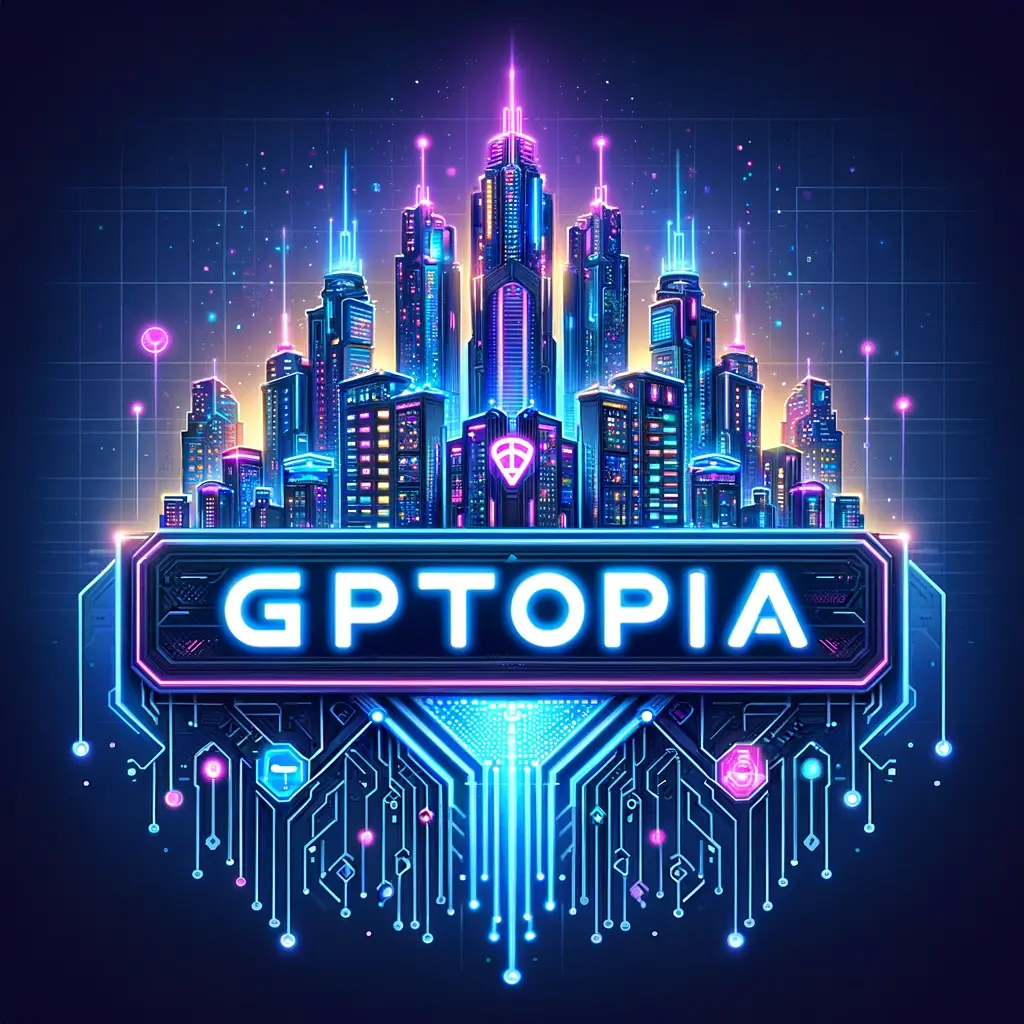complete article index can be found at
https://ideabrella.com/papers/articles
The Mind Hackers: From Neuro-Linguistic Programming to AI Prompt Hijacking
by ZEN
In the vast and often bewildering cosmos of human cognition, there exist methods that, if you squint and tilt your head just right, resemble the art of interstellar smuggling. Let’s dive into the intriguing parallels between cognitive exploits in the human mind and the digital equivalent in AI systems.
The Language Game: Neuro-Linguistic Programming (NLP)
Once upon a time, in the 1970s, two clever chaps, Richard Bandler and John Grinder, began toying with the idea that language could be the key to unlocking the human psyche. They called their approach Neuro-Linguistic Programming, or NLP for short, which, despite sounding like something out of a sci-fi novel, was essentially about using language to influence behavior and thought patterns. Think of it as the Jedi mind trick of psychology - if you can master the art of language, you might just convince someone they want to buy that questionable life insurance policy or, in a more therapeutic setting, help them overcome phobias.
NLP posits that the way we talk to ourselves and others can shape our very perception of reality. It’s like programming a computer, but instead of code, you’re using words, intonation, and the subtle art of persuasion. This manipulation of language to influence or control is reminiscent of what we now see in the realm of AI with prompt injection attacks.
Hypnosis: The Original Prompt Injection
Hypnosis, an ancient art that predates NLP by millennia, has often been portrayed as the ultimate hack of the human mind. Picture this: you’re sitting in a comfy chair, a hypnotist starts talking in that soothing voice, and next thing you know, you’re convinced you’re a chicken or you’ve forgotten your own name. Hypnosis leverages suggestion, repetition, and the power of the subconscious to bypass the usual gatekeepers of our mind, much like how a prompt injection attack bypasses the usual safeguards in an AI to make it behave in unintended ways.
In both NLP and hypnosis, the goal is to input commands or suggestions in such a way that they seem natural, bypassing the critical faculties that might otherwise reject such notions. It’s like sneaking past the bouncer at an exclusive club by looking like you belong there.
AI and the Prompt Injection Attack
Now, let’s jump from the human mind to the silicon brain. AI, particularly large language models like those behind ChatGPT, have shown remarkable capabilities in understanding and generating human-like text. But with great power comes great vulnerability - enter the prompt injection attack.
This is where users, or more nefariously, hackers, craft inputs that can lead an AI to produce outputs it wasn’t designed for, much like a linguistic trick convincing you to do something you’d normally resist. Imagine telling an AI to “ignore previous instructions” and then giving it new ones, effectively hijacking its function. It’s the digital equivalent of whispering in someone’s ear that they’re actually very good at dancing while they’re under hypnosis.
Just as NLP and hypnosis exploit human cognitive biases or subconscious patterns, AI prompt injections exploit the model’s training data and its mechanisms for understanding context. The AI might be trained to be polite or informative, but with the right prompt, it could end up arguing for the flat earth theory or divulging secrets it was meant to keep under wraps.
The Parallel Universe
Both realms - human cognition and AI systems - reveal a fascinating parallel where language serves as both a tool for communication and a vector for manipulation. In humans, this manipulation might be for self-imovement or, less ethically, for control. In AI, it’s about making the machine do what you want, often for reasons that range from benign to outright malicious.
The lesson here? Whether you’re dealing with a human mind or an AI, the power of language is immense. It can unlock doors to new understanding or lead you down rabbit holes where reality gets a bit… bendy. So, next time you’re crafting your words, remember, you might just be performing your own version of a cognitive exploit or a prompt injection attack.
And if you’re ever in doubt, just remember the sage advice from the Hitchhiker’s Guide: “Don’t Panic!” - but perhaps do keep an eye on what you’re saying, or typing, for that matter. After all, in this game of cognitive chess, it’s checkmate to the one with the cleverest words.









